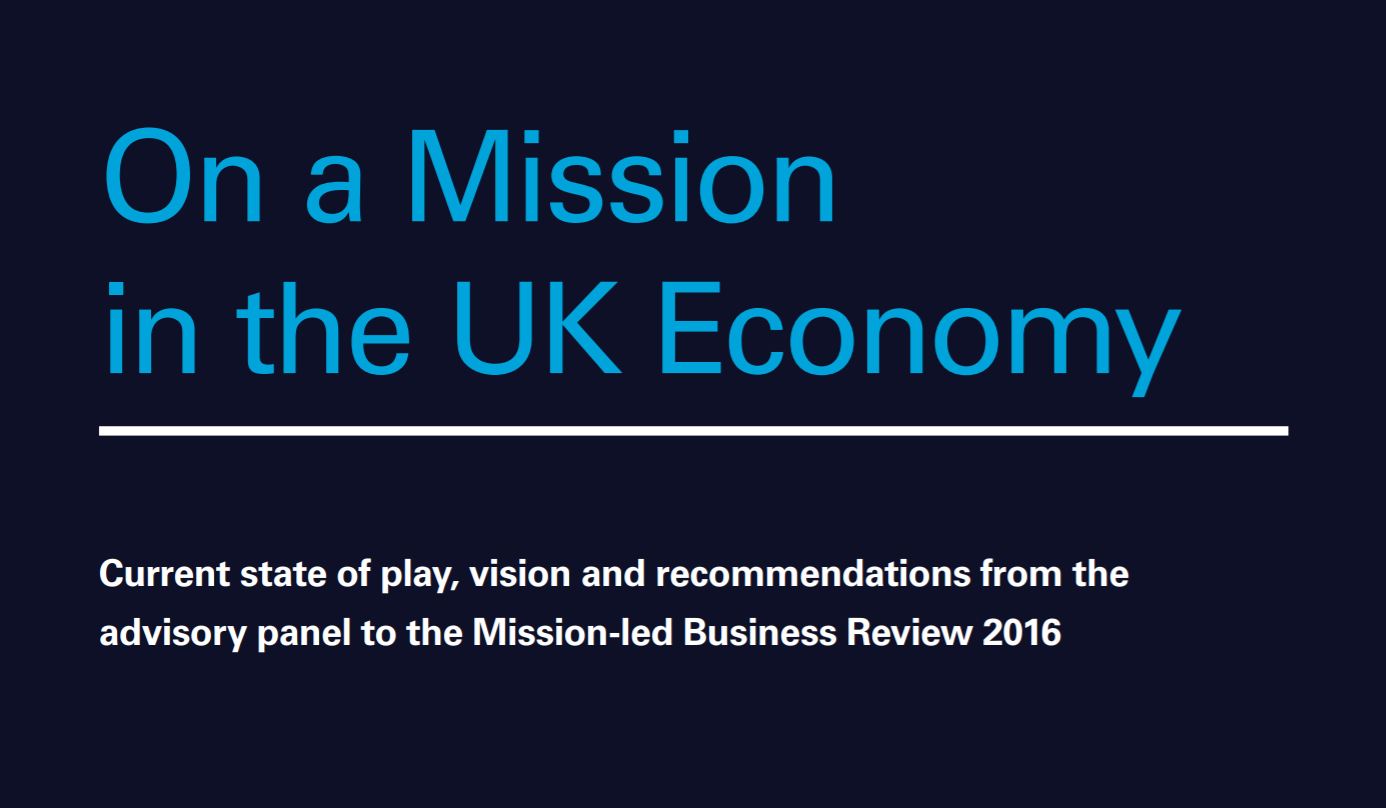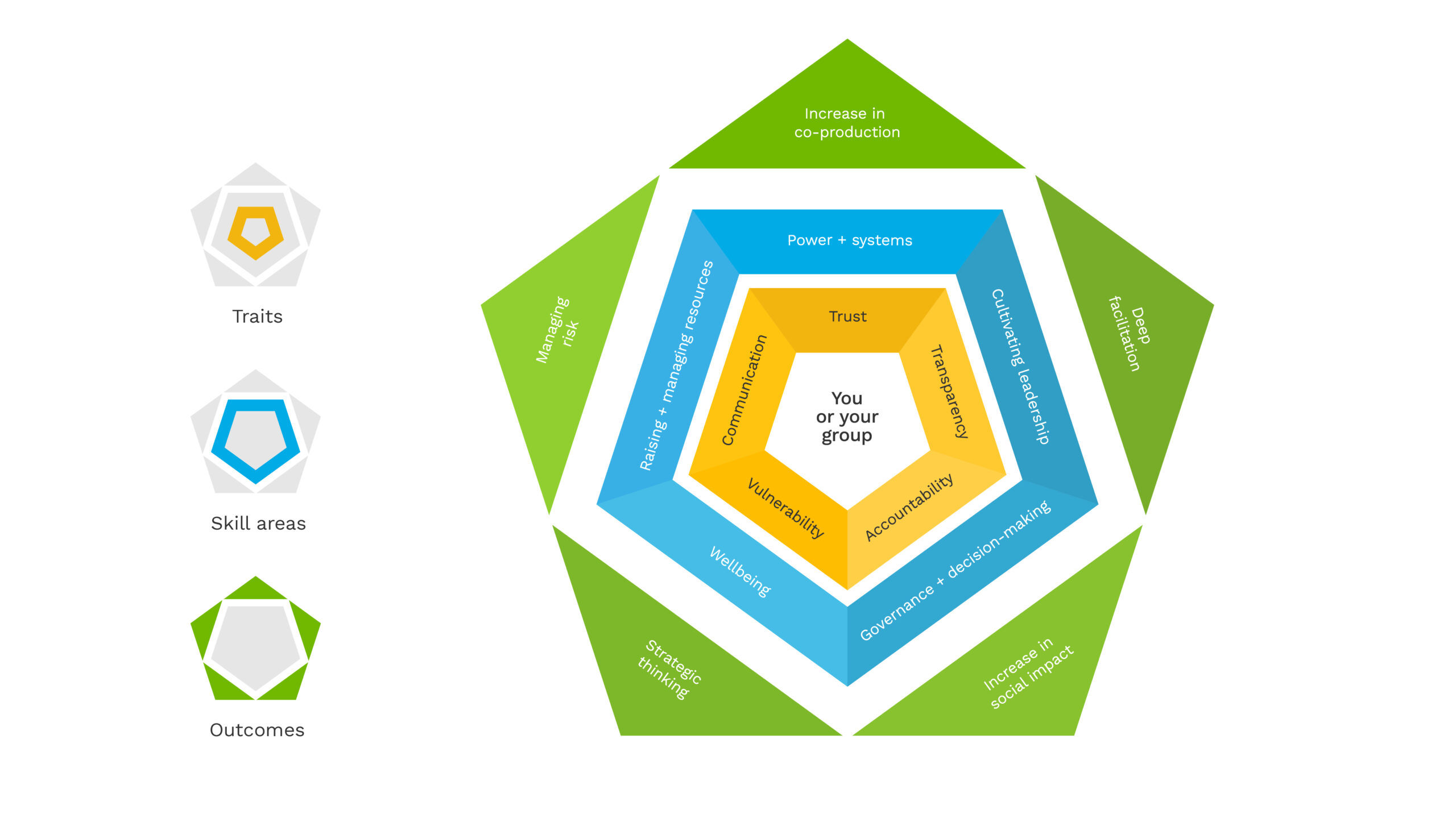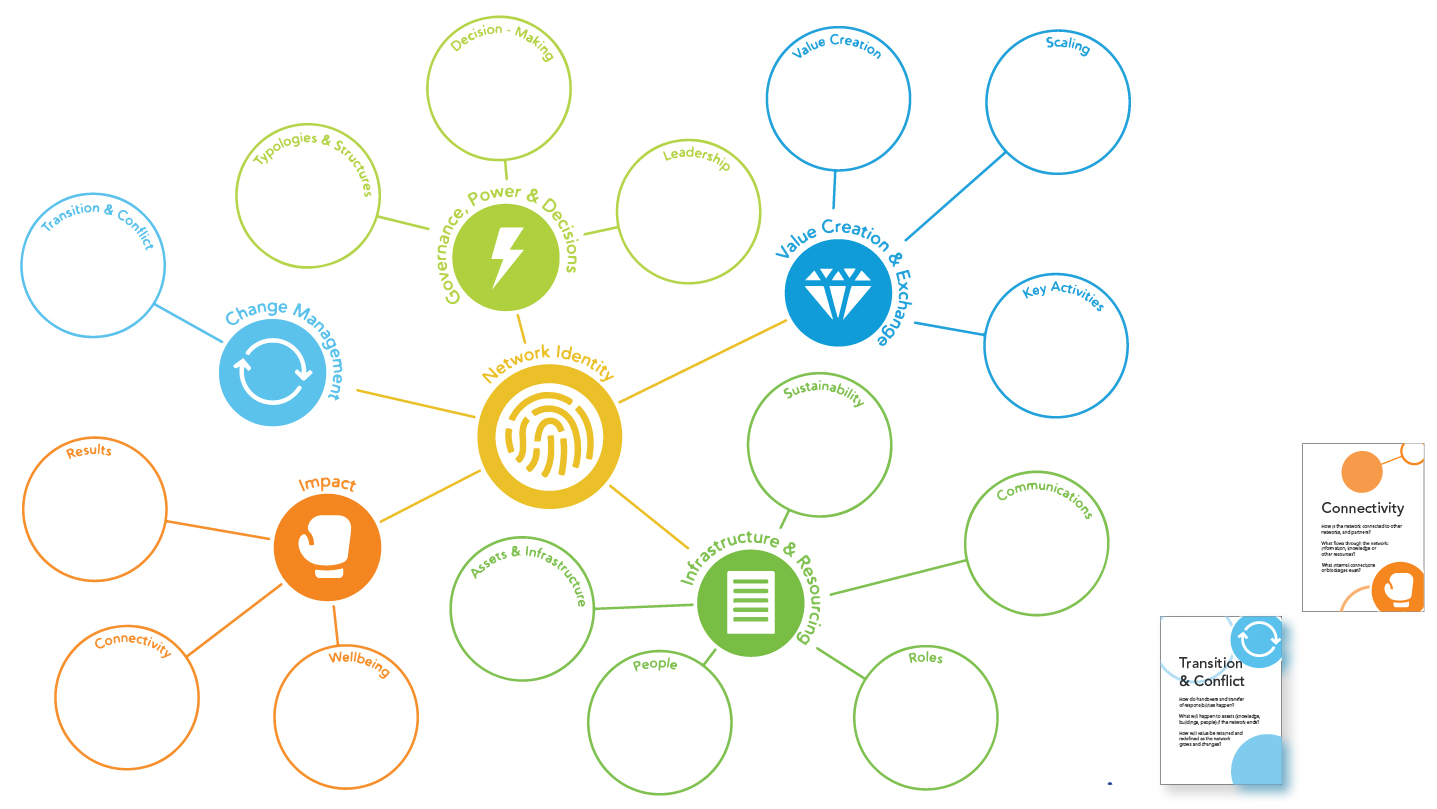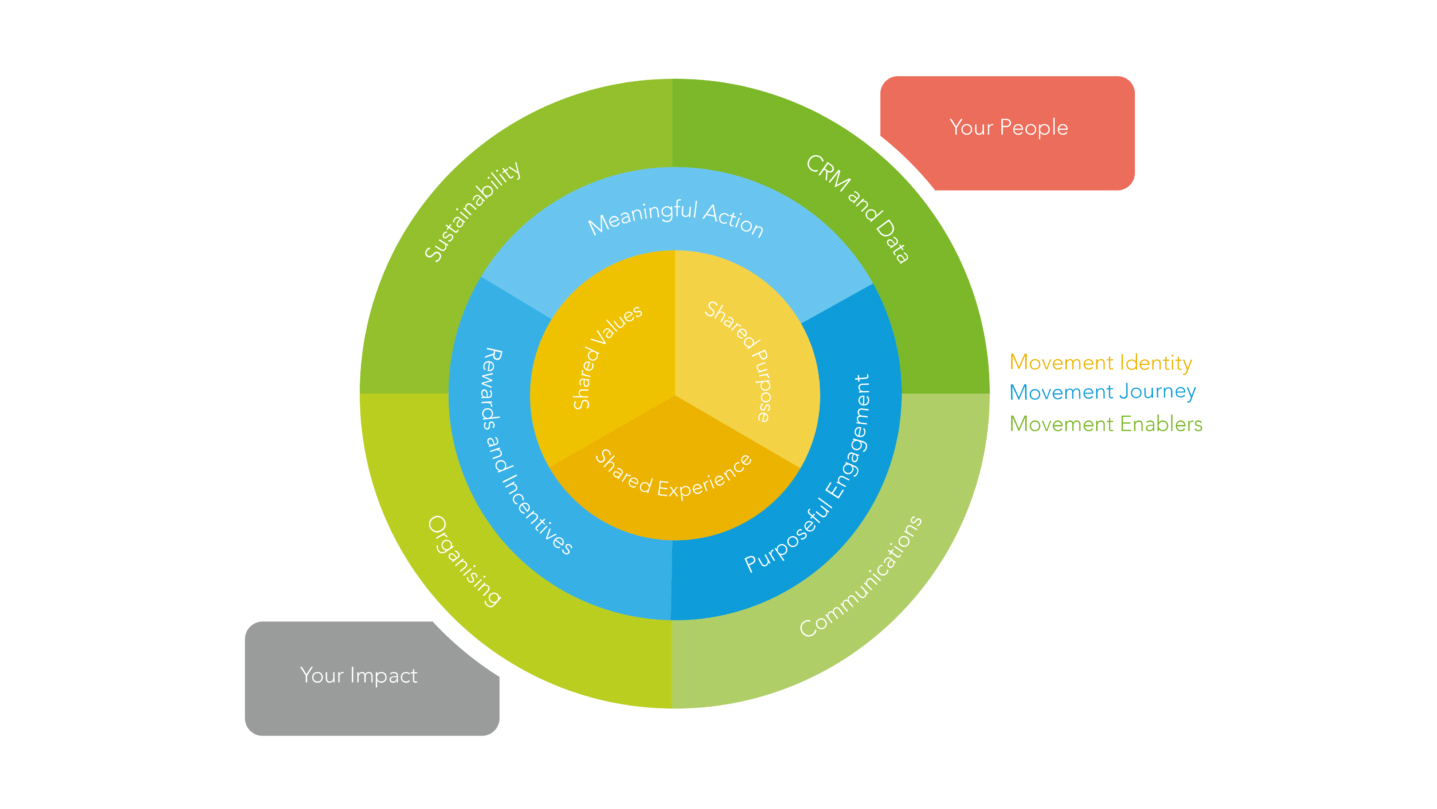The mission-led movement looking for meaning at work

Earlier this month, the UK Government published the Mission-Led Business Review’s report and recommendations on supporting the ‘emerging movement’ of for-profits who identify positive social impact as central to their purpose. Here’s our response.
So who’s in this movement? According to the report it spans blue chips like Santander, Johnson & Johnson and Centrica, social ventures like Third Space Learning and Patients Know Best and our fellow B Corp businesses Escape the City and Ella’s Kitchen. That’s a pretty eclectic bunch of organisations.
What the report doesn’t set out to do is to look at the individuals who will drive and sustain this movement. So we thought we’d have a go because all movements are made up of people – lots and lots of them.
The search for meaning at work
We reckon the people behind the scenes at these businesses are the people that, 10 years ago, would have thought about doing good through their vocation by entering public service, working for, partnering with, or maybe founding a charity. They’re either Millennials, or they’re responding to Millennial expectations and demands. If, as the report cites, 62% of Millennials say they want to work for an organisation that benefits society, we have at least 10 million people looking for social purpose at work in the UK alone. And now, they have a lot of choice about how and where to find it.
Green-minded laywer? Will you help Friends of the Earth bring an anti-fracking test case or log on to Escape the City and apply to join the legal counsel for green energy social venture Bio-Bean*, who are ‘turning waste coffee grounds into advanced biofuels on an industrial scale’.
Socially conscious energy engineer? You could develop locally generated energy solutions in the UK for for EON’s Community Energy Programme or attract angel investment to found a social enteprise like Meshpower* and use ‘solar powered nanogrids and smart metering systems to provide affordable electricity to communities without access to energy’.
And that’s without even touching becoming, running, volunteering, or buying shares in community businesses like the place based pubs, sports clubs and farms which are locally governed, managed and owned (and aren’t in the Review’s scope as they often have as they often have an asset lock and reinvest all profits for the benefit of the local community, so don’t meet the criteria that they can ‘fully distribute their profits – you can read what Power to Change think about that here).
Spreading it around the system
What fundamentally unites the people making these kinds of choices, no matter where they end up, isn’t necessarily their belief in mission-led business models, it’s their identification of positive social impact as central to their personal purpose and values. Where they land up doing it has to do partly with where they think they can make the most difference, but also cultural fit, salary expectations, attitude to risk and a whole bunch of other life circumstances and personal preferences.
You can be part of a much bigger ‘mission-led’ movement of people, who hold personal social impact as a core part of your purpose and value-set, without having fixed ideas about the work environment you’re going to practice them in. And that’s a good thing – but it does mean that the talent to tackle the world’s thorniest social issues is getting spread increasingly thinly across organisations, sectors and systems.
We’re all for the rise of mission-led business. As a registered B Corp, we’re one ourselves. But the people who are at the sharp end of a social challenge, whether it’s homelessness or gender inequality, climate change or fuel poverty, don’t much care about our legal structures or articles of association. They just want us all to get our shit together and make change happen.
And that’s why all of us who are driven by social change and social justice need to think of ourselves as part of a much bigger, mission-led movement. A movement of movement builders if you like. People who are committed to growing their networks and harnessing the power, agency, skills and people in them to change the world – wherever they end up working.
Mission-led mash ups are the future
To make the most of the power and potential of this movement, we definitely need the kind of talent exchanges and cross-sector challenge partnerships that the Review calls for. But not just as part of time-limited schemes or programmes – as first principles for the leaders of mission-driven organisations. That might mean advisory firms drafting in (and paying market rates for) expertise from the social enterprise sector to better advise their mission-led clients. Government backing teams made up of the best talent, regardless of sector, to work together for the long term to crack an intractable social problem. Or for-profits who want to divest themselves of sites in unprofitable high streets exploring transfer to community use and ownership before selling them off to the highest bidder.
These ideas build on the recommendations of the report and would be enabled by some of the structural recommendations which give more equal weight to shareholder and stakeholder interest. But they go one step further in promoting mash-ups of mission-led movement members as business as usual.
Idealistic – yes. We know that, once we get into organisations of a certain persuasion we get affected by our loyalty to them. But let’s end 2016 on a note of optimism – the mission-led movement is made up of at least 10 million people like us, and if anyone can make it happen, we can – right?
Join a business which has social impact at the heart of its purpose





